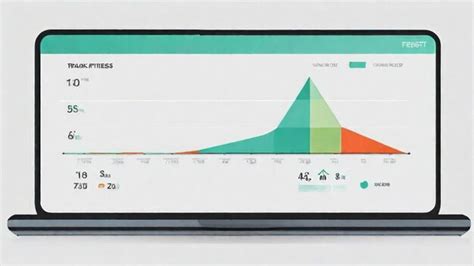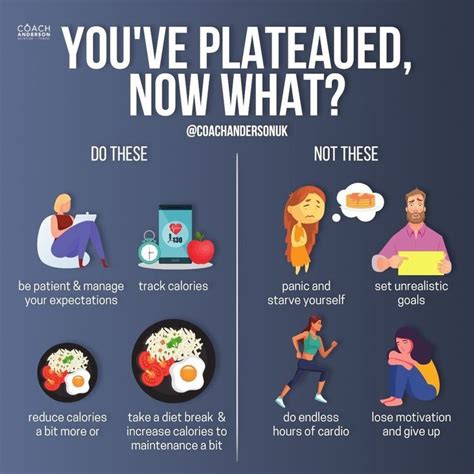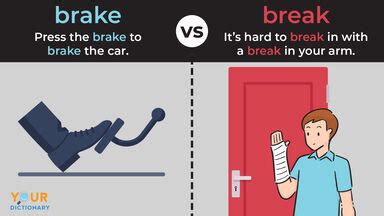How to optimize periodization for consistent strength & muscle gains?
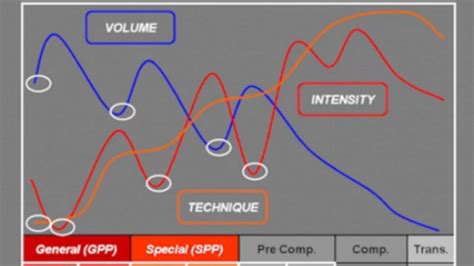
Achieving consistent strength and muscle gains isn’t just about showing up; it’s about smart, strategic training. Without a well-thought-out plan, many lifters hit frustrating plateaus, suffer from overtraining, or simply don’t maximize their potential. This is where periodization comes into play – a powerful framework that structures your training to ensure continuous progress and optimal adaptation.
What is Periodization and Why Does it Matter?
Periodization is the systematic planning of training, often over a long period, to maximize performance at specific times (e.g., a competition) and to minimize the risk of overtraining, injury, and burnout. It involves strategically varying training variables like volume (sets x reps), intensity (weight lifted), exercise selection, and rest periods over different cycles.
For strength and muscle gains, periodization is critical because the body adapts to stress. If you consistently do the same workouts, your body eventually stops seeing them as a novel challenge, leading to plateaus. By manipulating variables, periodization keeps your body guessing, forcing new adaptations, while also building in recovery phases that are essential for growth and injury prevention.

The Building Blocks: Macrocycles, Mesocycles, and Microcycles
Periodization operates on different time scales:
- Macrocycle: This is the largest training phase, typically lasting several months to a year, encompassing your long-term goals (e.g., a year of strength building, preparation for a powerlifting meet).
- Mesocycle: A subdivision of the macrocycle, usually lasting 3-6 weeks. Each mesocycle has a specific focus or training objective (e.g., a hypertrophy block, a strength block, a power block).
- Microcycle: The smallest unit, typically one week long. It outlines your daily workouts, including specific exercises, sets, reps, and intensity for that week, contributing to the mesocycle’s goal.
Common Periodization Models
Different models apply these cycles in varying ways:
-
Linear Periodization: This traditional model involves a gradual progression from high volume/low intensity to low volume/high intensity over the course of a mesocycle or macrocycle. For example, starting with 4 weeks of higher reps (hypertrophy focus), followed by 4 weeks of moderate reps (strength focus), then 4 weeks of low reps (peak strength/power focus).
-
Undulating Periodization (Daily/Weekly): Instead of a linear progression, undulating periodization varies training variables more frequently. Daily Undulating Periodization (DUP) might involve training for hypertrophy on Monday, strength on Wednesday, and power on Friday within the same week. Weekly Undulating Periodization (WUP) might dedicate each week to a different training focus.
-
Block Periodization: Popular in Olympic sports, this model dedicates entire mesocycles (blocks) to developing specific qualities. For instance, a preparatory block (high volume, general conditioning), a strength block (high intensity, specific strength), and a power/peaking block (low volume, very high intensity, competition readiness).
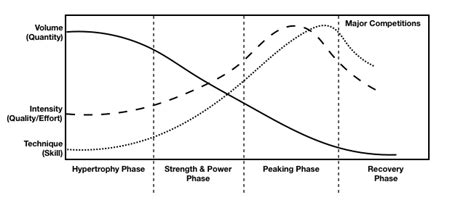
Key Principles for Optimal Periodization
-
Progressive Overload: Regardless of the model, you must constantly challenge your muscles with increasing weight, reps, sets, or reduced rest. This is the fundamental driver of adaptation.
-
Specificity: Your training should be specific to your goals. If you want to get stronger in the squat, you need to squat, and lift heavy weights.
-
Recovery and Deloads: Strategic rest and lighter training periods (deloads) are crucial. They allow your body to recover, repair, and supercompensate, preventing overtraining and solidifying gains.
-
Individualization: What works for one person may not work for another. Your training plan should consider your experience level, recovery capacity, lifestyle, and unique response to training.
-
Variation: While consistency is key, intelligent variation in exercises, rep ranges, and training methods prevents adaptation plateaus and keeps training engaging.
Practical Application: Designing Your Periodized Program
To implement periodization, start by defining your long-term goal (macrocycle). Then, break it down into smaller, manageable mesocycles with specific objectives.
Example: A 12-Week Macrocycle for Strength & Hypertrophy
Goal: Increase strength in main lifts and add muscle mass.
-
Mesocycle 1 (Weeks 1-4): Hypertrophy Block
- Focus: Accumulate volume, improve muscle growth.
- Reps: 8-12 per set.
- Intensity: Moderate (70-80% 1RM).
- Exercises: Mix of compound and isolation movements.
-
Mesocycle 2 (Weeks 5-8): Strength Block
- Focus: Increase maximal strength.
- Reps: 3-6 per set.
- Intensity: High (80-90% 1RM).
- Exercises: Primarily heavy compound lifts.
-
Mesocycle 3 (Weeks 9-12): Power/Peaking Block & Deload
- Focus: Improve explosive strength, prepare for testing/new cycle.
- Reps: 1-3 per set for main lifts, possibly some power-focused movements.
- Intensity: Very high (90%+ 1RM).
- Week 12: Deload week – significantly reduced volume and intensity to facilitate recovery and supercompensation.
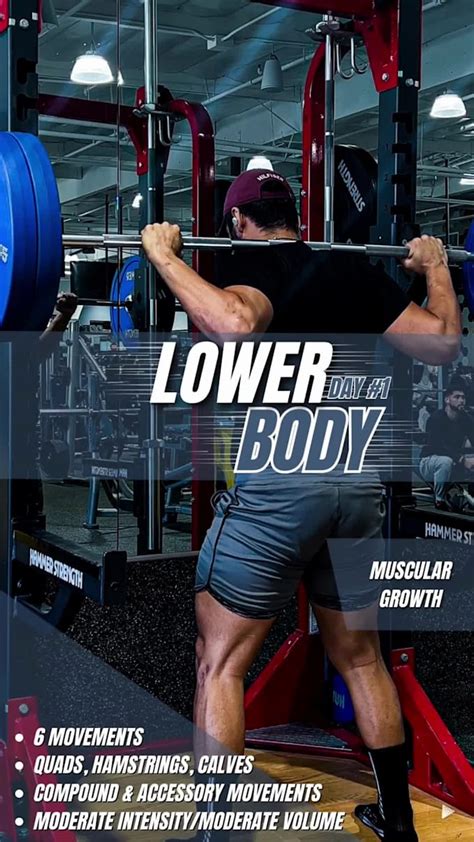
Within each mesocycle, your microcycles (weekly training) will progressively overload the body. For instance, in a hypertrophy block, you might start with 3 sets of 10 reps at 70% 1RM in week 1, then progress to 4 sets of 10 reps at 72% 1RM in week 2, and so on. Always track your lifts to ensure progressive overload.
Avoiding Common Pitfalls
-
Not Tracking Progress: If you don’t know what you did last week, you can’t ensure progressive overload.
-
Skipping Deloads: Deloads are not a sign of weakness; they are a critical component for long-term progress and injury prevention.
-
Too Much or Too Little Variation: Find the sweet spot. Stick with exercises long enough to get strong at them, but introduce variation to prevent plateaus and address weaknesses.
-
Ignoring Recovery: Sleep, nutrition, and stress management are as important as the training itself. Periodization helps manage training stress, but lifestyle stress also impacts recovery.

Conclusion
Optimizing periodization is the cornerstone of sustainable strength and muscle gains. By systematically structuring your training with macrocycles, mesocycles, and microcycles, and applying principles like progressive overload and strategic deloads, you can continuously challenge your body, prevent plateaus, and make consistent progress towards your fitness goals. Embrace periodization not as a rigid rulebook, but as a flexible framework that empowers you to train smarter, not just harder.
